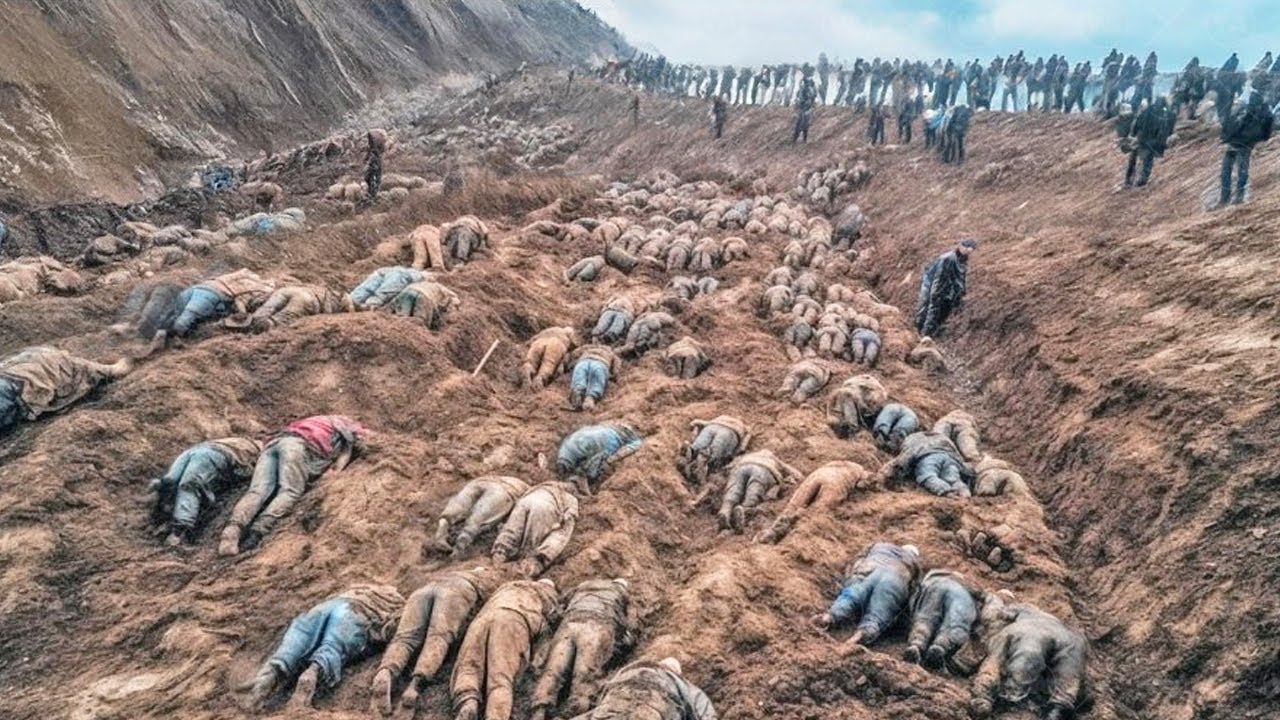This Is Why Living in Canada has Become Impossible
Living in Canada: Why It’s Becoming Increasingly Difficult

In February 2024, Brampton’s Mayor Patrick Brown highlighted a shocking reality: 25 students were discovered living illegally in a single apartment. This incident reflects a much larger problem, with the mayor estimating up to 100,000 residents in Brampton alone living in illegal rental spaces. The situation is dire—families have been reported spending nights in their cars in Walmart parking lots, unable to afford basic housing despite holding full-time jobs.
Canada is grappling with a severe housing crisis. A recent report predicts that by 2032, monthly rents could soar to $7,500 in Vancouver and $5,600 in Toronto. Across the country, renters face steep challenges, with housing prices skyrocketing by 50% from 2011 to 2022. For some, rents have increased by $400–800 per month, forcing families to skip meals and live in unsafe conditions. In British Columbia, 16% of renters spend over half their income on housing, and many live in overcrowded or deteriorating apartments.
The root of the crisis lies in demand far exceeding supply. Housing construction has not kept pace with population growth, largely driven by immigration. Since 2015, Canada’s annual population growth has more than tripled, with much of this increase fueled by temporary immigration. This has placed additional strain on the housing market, pushing rents and home prices to unaffordable levels for many Canadians.
Meanwhile, buying a home has become an unattainable dream for 76% of non-homeowners, who cannot save for down payments due to soaring rents and other living costs. Experts estimate housing construction needs to increase sixfold in high-demand areas like Toronto to address the crisis.
This housing shortage is compounded by natural disasters, including wildfires and landslides, which have wreaked havoc across Canada in recent years. The 2023 wildfire season was the worst in Canadian history, with smoke affecting air quality as far away as Europe. Damage from extreme weather events, including floods and landslides, continues to rise, putting additional financial pressure on households and the government.
The economic challenges don’t end there. Inflation, stagnating wages, and rising costs of living have left many Canadians struggling to make ends meet. A survey found that 25% of parents are cutting back on food to feed their children, and many citizens have lost trust in the government to address these issues. Prime Minister Justin Trudeau’s approval ratings have reached historic lows, with growing discontent over his administration’s handling of the crisis.
Canada’s aging population and low birth rate exacerbate these challenges. With fewer working-age individuals to support retirees, the country faces a labor shortage and declining productivity. Although immigration was intended to address this demographic imbalance, it has also intensified the housing and affordability crisis, leading to a shift in public opinion. For the first time in decades, a majority of Canadians believe immigration levels are too high.
In response, the Trudeau government recently announced stricter immigration measures, reducing permanent residency quotas by 21% for 2025. While this may stabilize population growth, it’s uncertain whether it will alleviate the housing and economic pressures that have made life increasingly difficult for Canadians.
Amid these struggles, Canada’s ranking in global happiness and economic performance has declined. The country now ranks 15th in the World Happiness Report and faces slower GDP growth compared to other developed nations. Without significant policy changes to address housing, affordability, and economic growth, Canada risks falling further behind on the global stage.
For Canadians, the challenges ahead remain daunting. The country must balance its commitment to immigration, multiculturalism, and economic opportunity while ensuring a sustainable and equitable quality of life for all its residents.








